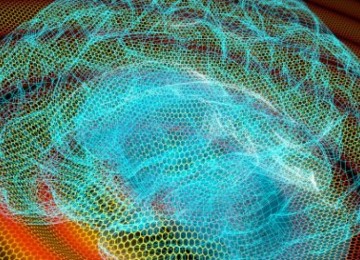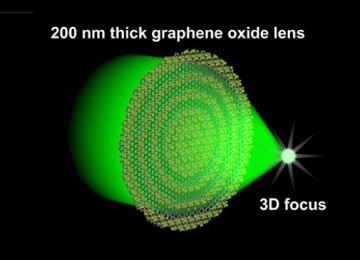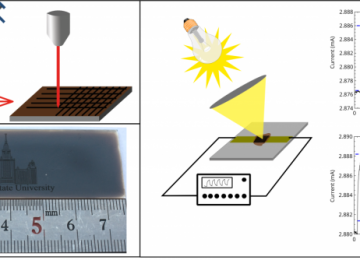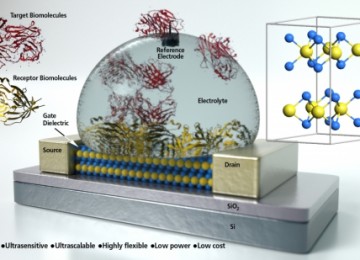Graphene oxide layers tested shear and strain for flexible electronics
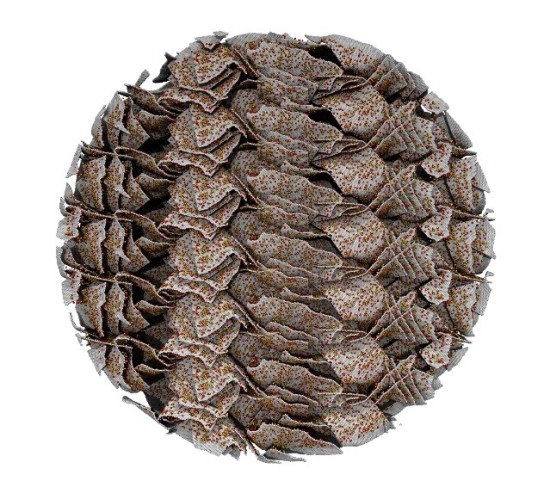
Graphene oxide layers mechanical properties of the material change depending on the rate of strain
A team of researchers at Rice University and the State University of Campinas in Brazil have found that random molecules scattered within layers of otherwise pristine graphene affect how the layers interact with each other under shear and strain. The researchers, with flexible electronics in mind, decided to see how graphene oxide layers would handle the shear strain, in which the sheets are pulled by the ends. Such knowledge is important for applications involving novel advanced materials, especially for making 3D structures from 2D materials, and some applications may include sensors, electronics and biomedical devices.
Such deep knowledge is important when making novel advanced materials, said Chandra Sekhar Tiwary, a lead author of the new paper in the American Chemical Society journal Nano Letters and a Rice postdoctoral research associate.
“We want to build three-dimensional structures from two-dimensional materials, so this kind of study is useful,” he said. “These structures could be a thermal substrate for electronic devices, they could be filters, they could be sensors or they could be biomedical devices. But if we’re going to use a material, we need to understand how it behaves.”
A video shows computer models of graphene oxide paper under strain. At top, under more pressure, the material remains brittle as one layer of graphene oxide is pulled away. Under less strain, the layers separate more easily as oxygen molecules on the surfaces stick and slip against each other. (Credit: Ajayan Research Group/Douglas Galvão)
Scientists found the same slip-and-stick mechanism that leads to earthquakes is at work on the molecular level in nanoscale materials, where it determines the shear plasticity of the materials.
The graphene oxide paper they tested was a stack of sheets that lay atop each other like pancakes. Oxygen molecules “functionalized” the surfaces, adding roughness to the otherwise atom-thick sheets.














